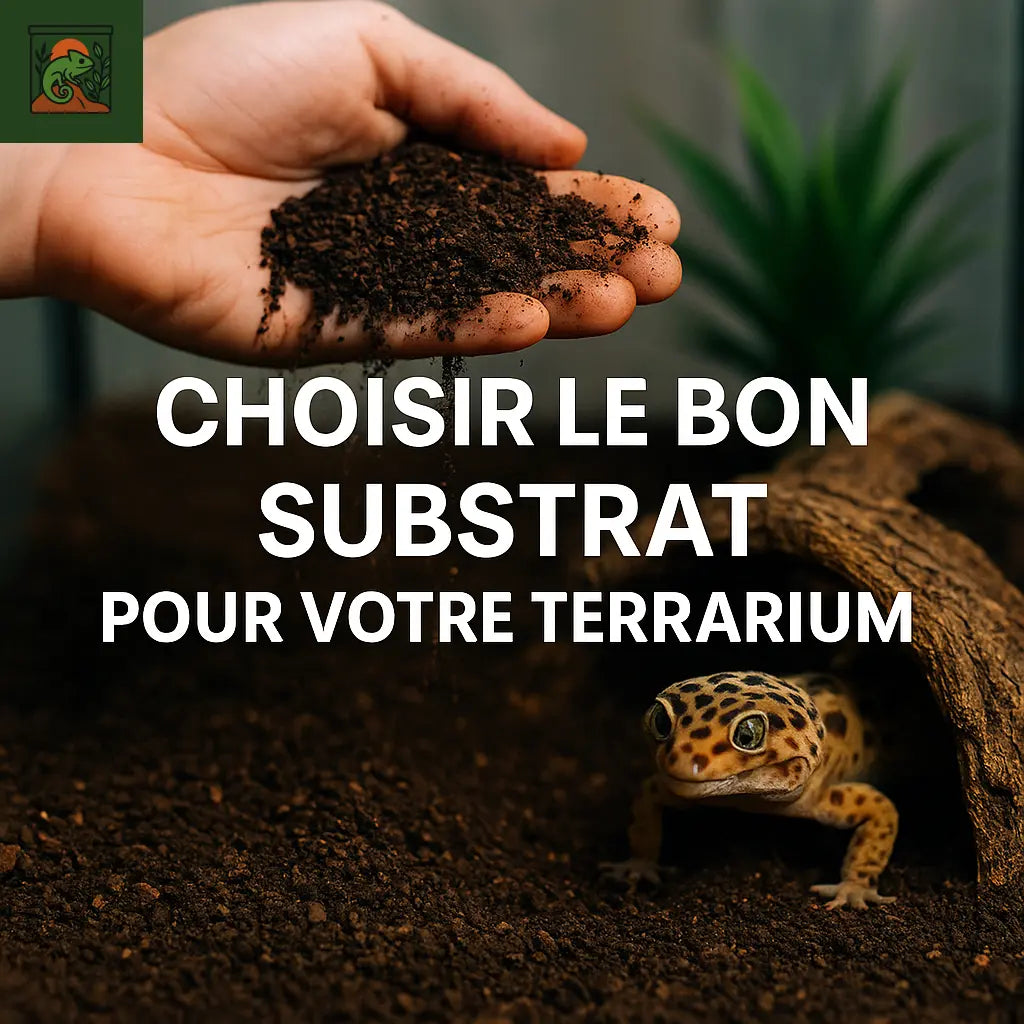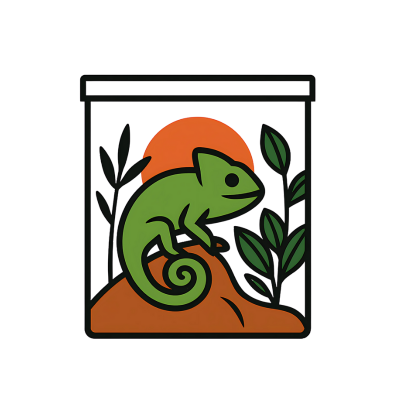
Choosing the Right Substrate for Your Terrarium
You've just bought a new terrarium and are wondering which substrate to choose for your animals? Don't panic, LeTerrarium is here to guide you! Discover all our tips for finding the ideal substrate for your terrarium.
The importance of substrate in a terrarium
Substrate is an essential element in terrarium design. It not only serves as decoration, but also plays a vital role in the well-being of your animals. The choice of substrate must therefore be carefully considered based on the needs of your animals.
A good substrate must meet several criteria:
- Be adapted to the requirements of the species (humidity, temperature, etc.)
- Allow good air circulation
- Be easy to clean and replace
- Do not release toxic substances
- Provide a pleasant aesthetic appearance
Depending on the type of animal you are housing, some substrates will be more suitable than others. It is therefore important to do your research before making your choice.

The different types of terrarium substrates
There are a wide variety of substrates on the market, each with its own characteristics. Here are the main types of substrates you can find at Le-Terrarium :
1. Coconut fiber substrate
Coconut fiber substrate is one of the most popular for terrariums. It offers many advantages:
- High moisture retention
- Good ventilation
- Natural and pleasant texture
- Biodegradable and ecological
This type of substrate is ideal for species that require a humid environment, such as frogs, salamanders or certain reptiles.
2. Peat-based substrate
Peat-based substrate is also very popular for terrariums. It has the following characteristics:
- High moisture retention
- acidic pH
- Light and airy texture
This substrate is ideal for species that like humid and acidic environments, such as carnivorous plants or certain amphibians.
3. Plant litter substrate
Plant-based substrates, such as wood shavings or coconut fiber, offer a good alternative to the previous substrates. They are characterized by:
- Good moisture retention
- Airy texture
- Natural appearance
These substrates are suitable for many species of reptiles and amphibians.
4. Sand-based substrate
Sand is a widely used substrate for arid terrariums, such as those for lizards or turtles. Its main qualities are:
- Effective drainage
- Dry and loose texture
- Natural appearance
Be careful though, sand can be ingested by animals, so you have to choose it carefully.
5. Mixed substrates
Some substrates are composed of a mixture of different elements, such as soil, sand, and coconut fiber. They allow for intermediate characteristics and are suitable for a wider variety of species.

How to choose the right substrate ?
Now that you know the different types of substrates, how do you make the right choice for your terrarium? Here are some tips:
1- Identify your animals' needs in terms of humidity, temperature, and pH. This will help you select the most suitable substrate.
2- Consider the size of your terrarium and the amount of substrate needed. Some substrates can be expensive, so budget accordingly.
3- Consider aesthetics. Choose a substrate that will complement your terrarium's decor.
4- Don't hesitate to test different substrates if necessary. This will help you find the one that best suits your animals.
5- Follow the recommendations of our experts at Le-Terrarium. We're here to guide you in your choices!
With these tips, you should be able to find the ideal substrate for your terrarium. Don't hesitate to contact us if you have any further questions; we'll be happy to help!
Conclusion
Choosing the right substrate is a crucial step in designing a terrarium. It must meet the specific needs of your animals while providing a pleasing aesthetic appearance. At Le-Terrarium , we offer a wide range of high-quality substrates to help you create the perfect environment for your aquarium guests. Don't hesitate to contact us for personalized advice!
